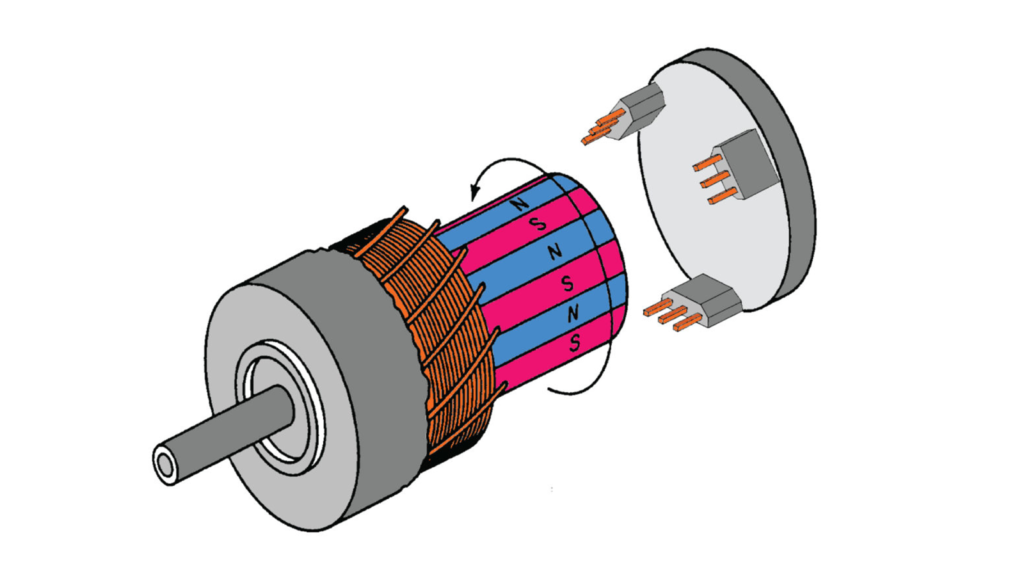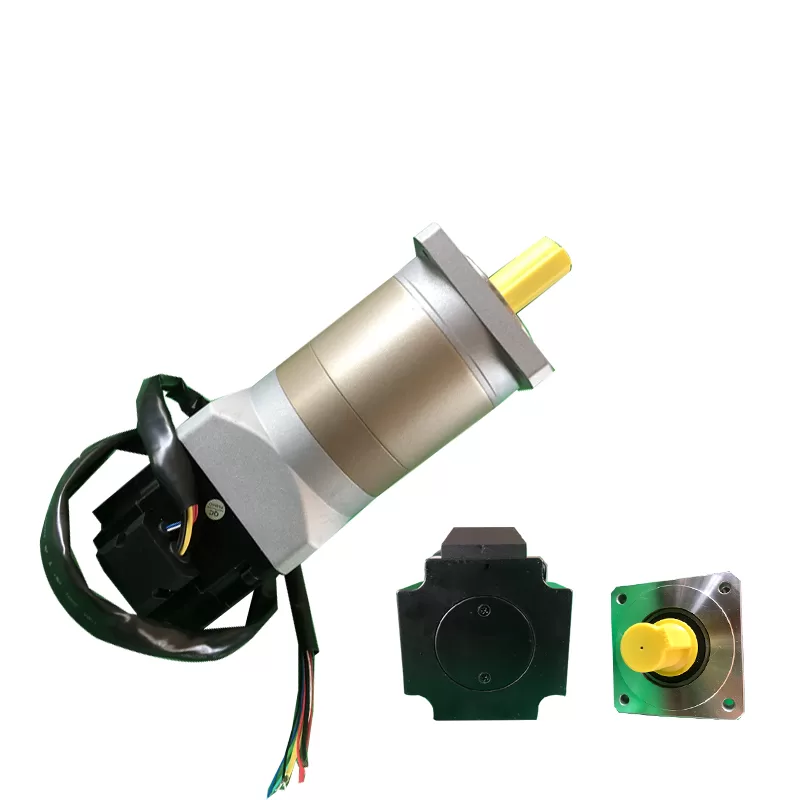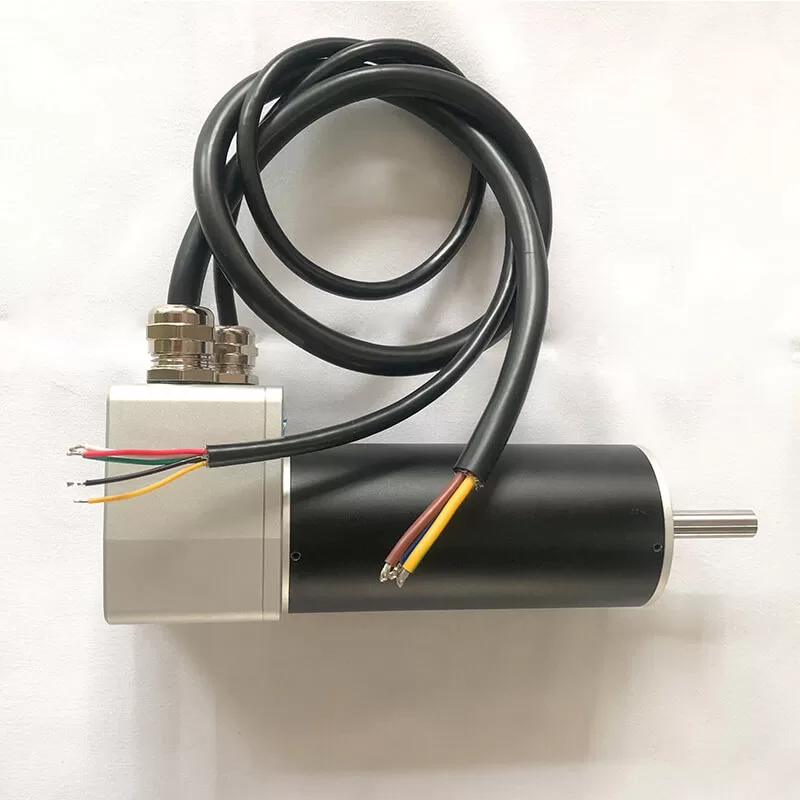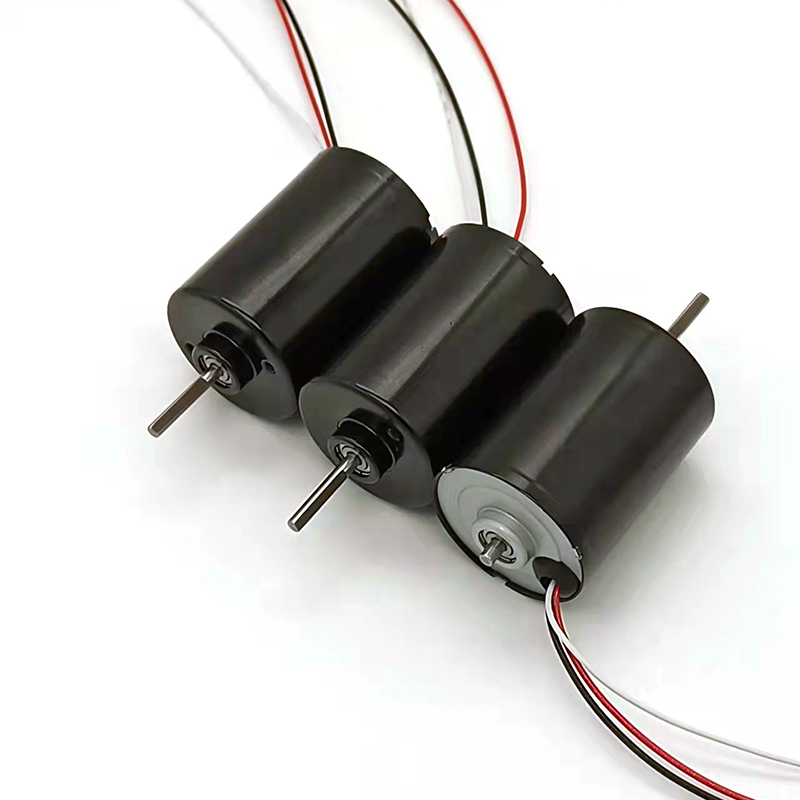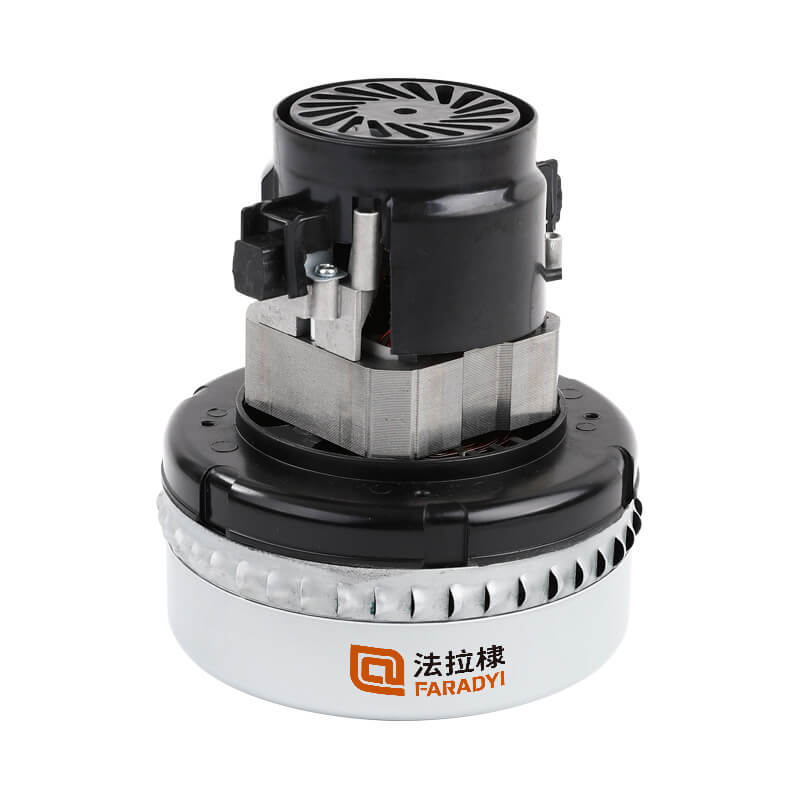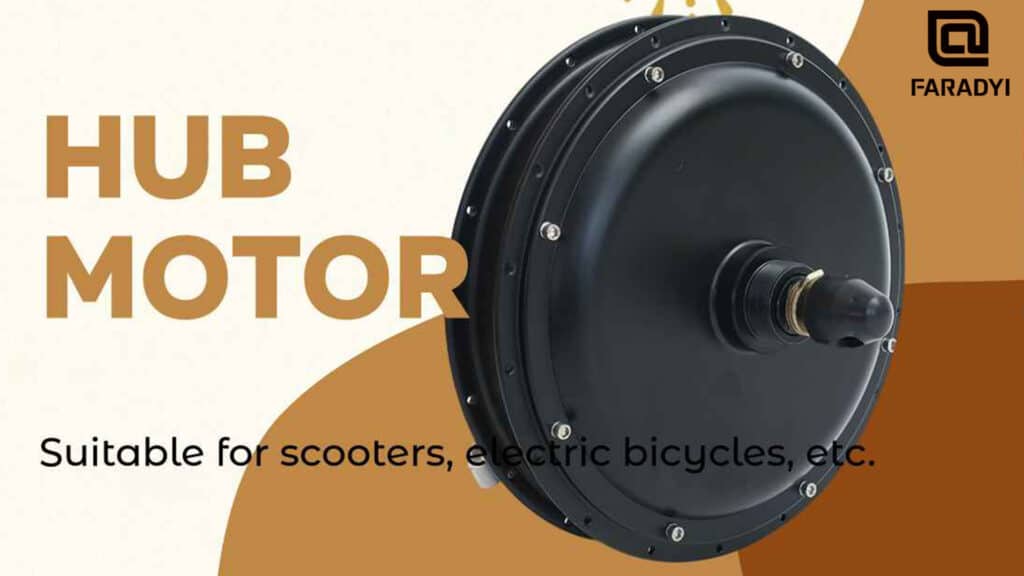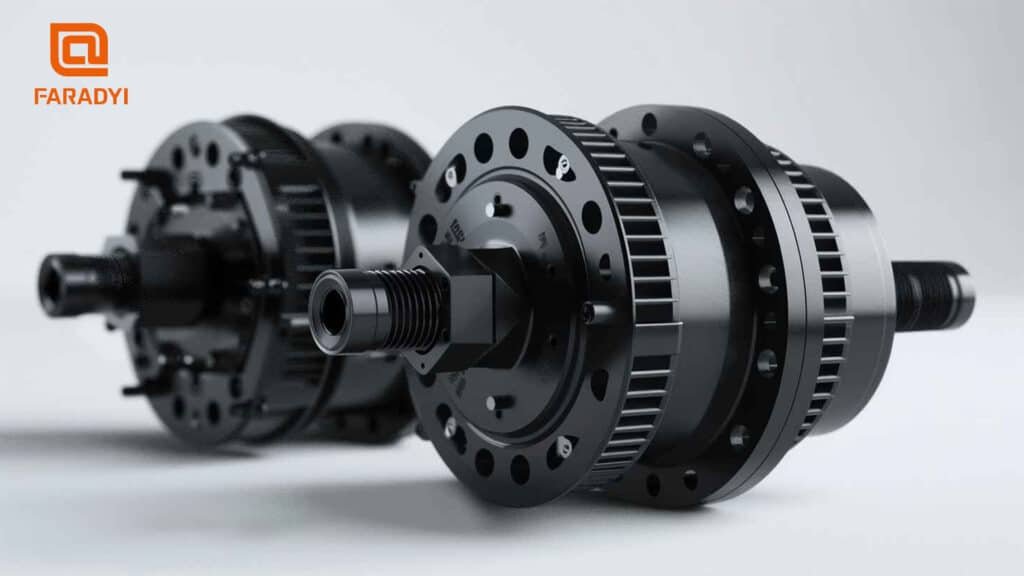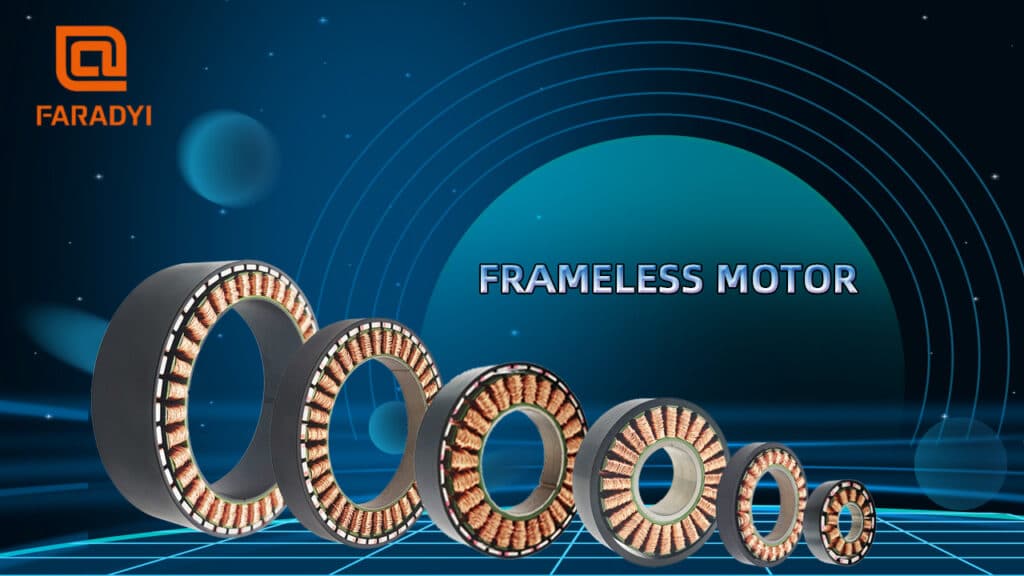Les paires de pôles d'un moteur sans balais sont déterminées en détectant les changements dans le champ magnétique du rotor. L'acier magnétique du rotor est disposé alternativement en pôle N et en pôle S. Lorsque les capteurs Hall du moteur sans balais détectent une transition du pôle N au pôle S ou du pôle S au pôle N, la sortie du Hall subit des changements de niveau haut et bas correspondants, indiquant un changement dans la position du rotor. La mise sous tension du bobinage du moteur sans balais n'a aucun impact sur la détection du capteur Hall.
La vitesse de rotation du champ magnétique du moteur brushless, également appelée vitesse de synchronisation, est liée à la fréquence du courant triphasé et au nombre de paires de pôles (p). Si l'enroulement du stator génère, à un instant donné, un champ magnétique avec une seule paire de pôles (numéro de paire de pôles, p = 1), ce qui signifie qu'il n'y a que deux pôles, pour le champ magnétique tournant avec une seule paire de pôles, le le courant triphasé change une fois et le champ magnétique synthétisé tourne également une fois. Pour un courant alternatif de 50 Hz, la vitesse synchrone du champ magnétique tournant est de 50 tours par seconde ou 3000 tours par minute (r/min). En ingénierie, les tours par minute (r/min) sont couramment utilisés pour exprimer la vitesse. Si le bobinage du stator du moteur sans balais génère un champ magnétique avec deux paires de pôles (numéro de paire de pôles, p = 2), ce qui signifie qu'il y a quatre pôles, on peut en déduire que la vitesse synchrone n du champ magnétique tournant avec p paires de pôles est donné par n = 60f/p.
Lorsque le nombre de paires de pôles du moteur sans balais est constant, la modification de la fréquence du courant alternatif permet de modifier la vitesse synchrone du champ magnétique tournant. C'est le principe de base de la régulation de vitesse à fréquence variable. Étant donné que les pôles du moteur apparaissent par paires, le numéro de paire de pôles est souvent utilisé pour le représenter.
Les moteurs sans balais utilisent des capteurs Hall pour détecter les changements dans l'acier magnétique afin de déterminer le nombre de paires de pôles et de contrôler la vitesse du rotor du moteur sans balais et la détection des paires de pôles via un contrôleur.

